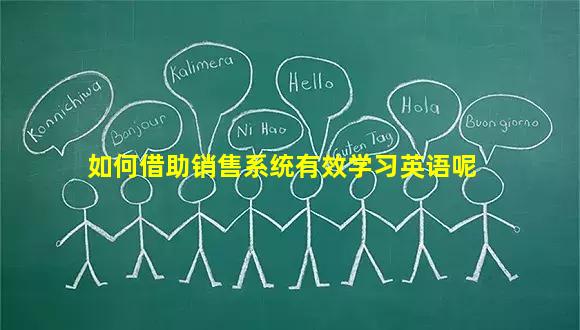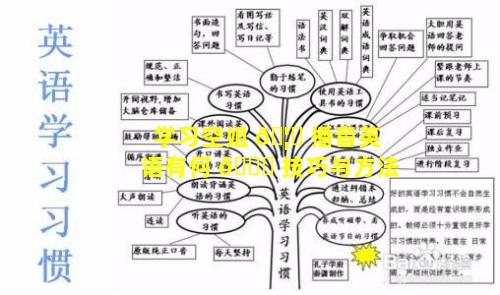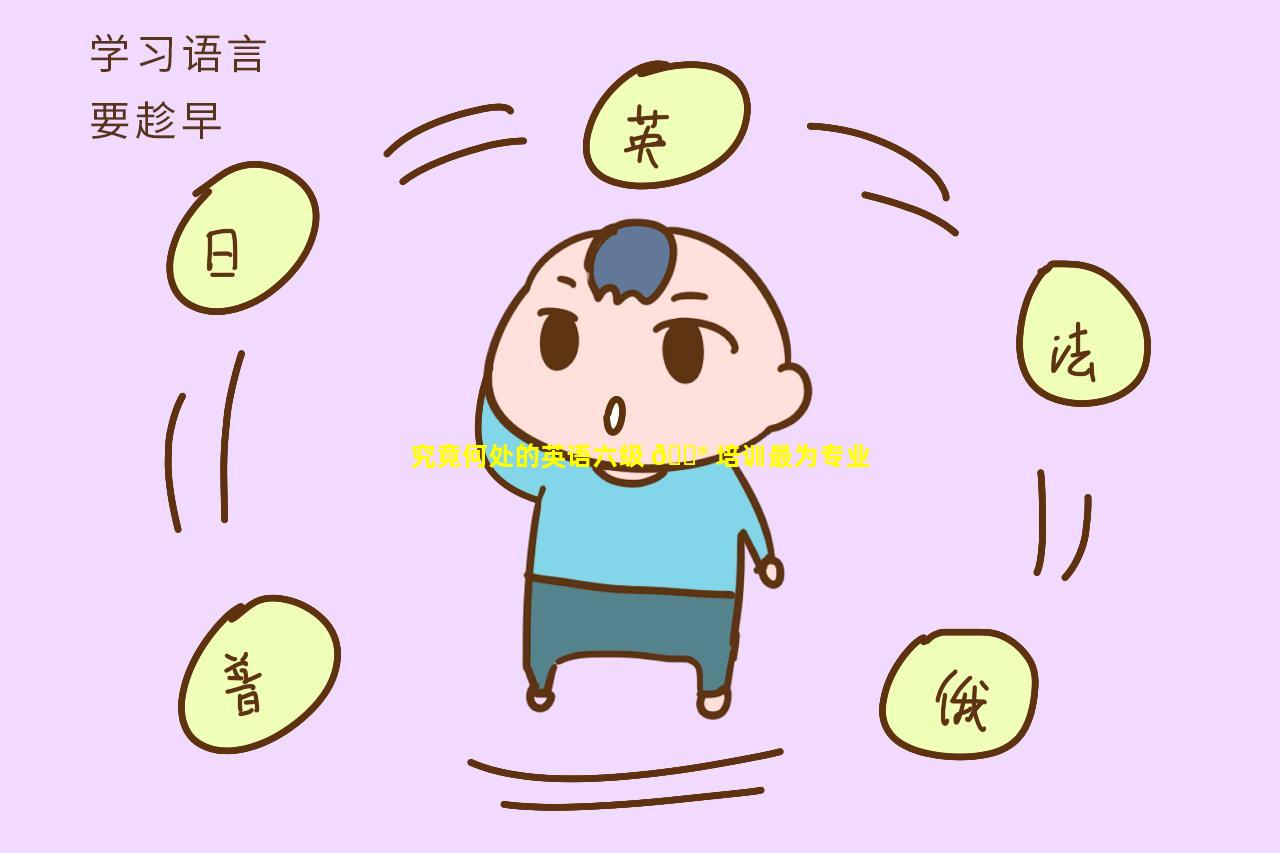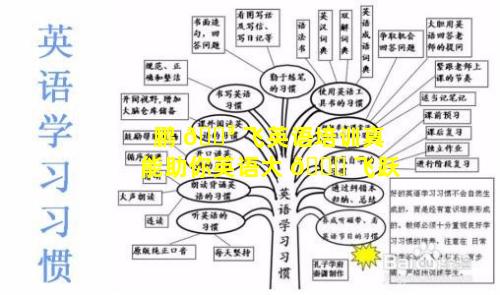如何借助销售系统有效学习英语呢
- 作者: 李知涵
- 来源: 投稿
- 2024-10-01
1、如何借助销售系统有效学习英语呢
利用销售系统学习英语的方法
1. 接触真人对话:
参与销售通话或会议,与英语母语者互动,练习口语和听力。
使用销售模拟软件,与虚拟客户互动,获得真实对话体验。
2. 积累业务词汇:
收集销售中常用的术语、行业术语和俚语,并将其添加到词汇库中。
订阅行业期刊或博客,接触新词汇并了解行业趋势。
3. 加强专业沟通:
撰写英语销售邮件、提案和报告,提升书面英语技能。
在销售演示中练习口头表达,提高公开演讲能力。
4. 利用翻译工具:
使用在线翻译器或翻译软件快速了解关键信息或术语。
将电子邮件或文档翻译成英语,以确保清晰的沟通。
5. 设定目标:设定具体的英语学习目标,例如提高流利度或提高词汇量。
使用跟踪器或日记记录进度,保持动力。
6. 寻找语言伙伴:
寻找英语母语者或熟练的英语使用者,作为语言伙伴。
定期进行对话练习,获得反馈和提高口语能力。
7. 利用行业资源:
参加行业活动、研讨会和会议,与其他英语使用者建立联系。
访问商业英语课程或在线学习平台,获得专业指导。
示例:与来自英语国家的客户进行销售通话,练习口语和获得实时反馈。
收集与销售相关的词汇,例如“lead”(潜在客户)、“conversion rate”(转化率)和“closing deal”(达成交易)。
撰写英语提案,并让同事或导师审查并提供意见。
使用虚拟销售模拟器,与英语母语者进行角色扮演练习。
与英语熟练的同事建立语言伙伴关系,定期进行会话练习。
通过遵循这些策略,销售人员可以利用销售系统作为有效的英语学习工具,提高他们的沟通能力,扩大他们的全球业务机会。
2、销售人员如何利用销售工具
销售工具如何帮助销售人员
销售工具能够为销售人员提供各种优势,使他们能够更加有效、高效地工作。以下是销售工具如何帮助销售人员的一些关键方式:
1. 提高效率和自动化任务:
销售工具可以自动化重复性和耗时的任务,例如数据输入、铅生成和客户关系管理 (CRM)。
这释放了销售人员的时间,让他们专注于更具战略意义和价值创造性的活动,比如与潜在客户建立联系和培养关系。
2. 增强客户洞察力:
销售工具提供了实时访问客户数据、购买历史和偏好。
这些数据使销售人员能够更好地了解客户的需求和痛点,从而定制他们的销售方式并提供更有针对性的服务。
3. 改进沟通和协作:
销售工具提供多种沟通渠道,例如电子邮件、即时消息和视频会议。
这使销售人员能够轻松地与客户、同事和管理人员联系并协作。
4. 跟踪和分析绩效:
销售工具提供强大的分析仪表板,可跟踪诸如销售额、潜在客户转换率和客户满意度等关键指标。
这些数据有助于销售人员识别改进领域并制定数据驱动的决策。
5. 移动性和灵活性:
许多销售工具提供移动应用程序,使销售人员能够随时随地访问和管理数据。
这使销售人员能够在外出时与客户保持联系并完成任务。
6. 个性化客户体验:
销售工具使销售人员能够根据客户特定的需求和偏好个性化他们的销售方式。
这有助于建立更牢固的关系并提高销售成功率。
7. 预测未来收入和机会:
销售工具使用机器学习和人工智能算法来分析数据并预测未来的收入和销售机会。
这些预测有助于销售人员制定数据驱动的决策并优化其管道。
8. 提高团队协作:
销售工具促进团队协作,让销售人员共享文件、分配任务和跟踪进展。
这提高了团队效率并确保每个人都了解最新的信息。
9. 提高客户满意度:
销售工具使销售人员能够快速有效地解决客户问题。
这提高了客户满意度并有助于建立长期的关系。
10. 加强销售流程:
销售工具提供模板、工作流程和最佳实践,以帮助销售人员遵循一致且有效的销售流程。
这提高了销售成功率并确保所有销售人员都采用相同的标准。

3、如何利用销售技巧促成销售
如何利用销售技巧促成销售
建立融洽关系主动与潜在客户联系,了解他们的需求和痛点。
建立个人联系,营造信任和理解的氛围。
展示真诚的兴趣,倾听客户的意见并寻求他们的反馈。
提出价值主张清楚传达产品或服务的独特价值,突出其如何满足客户的需求。
提出量身定制的解决方案,解决客户的具体问题。
展示成功的案例研究和好评,以证明产品的有效性。
处理异议预料到客户的反对,并准备好专业地解决它们。
积极倾听客户的担忧,并提出有力的反驳。
如果需要,提供替代选择或优惠来解决异议。
提出行动号召明确告知客户下一步的行动,例如预订演示、安排咨询或购买产品。
提出限时优惠或激励措施,鼓励客户立即采取行动。
确保行动号召简单易行,并清楚地说明客户将获得什么。
跟进定期联系潜在客户,即使他们尚未立即做出决定。
发送电子邮件、打电话或安排会议,以保持联系和提供附加信息。
询问客户是否有任何进一步的问题或担忧,并积极跟进。
其他技巧积极倾听:专注于了解客户的需求,而不是强迫推销。
同理心:站在客户的角度思考,理解他们的动机和痛点。
咨询式销售:提出问题以确定客户的需求,并提供针对性的解决方案。
产品知识:对所销售的产品或服务拥有深入的了解。
自信:相信所销售的产品和自己的能力。
耐心:销售过程可能需要时间,保持耐心和坚持不懈很重要。
4、有关销售技巧的英语作文
Sales Techniques: The Art of Persuasion
Salesmanship, the art of persuading customers to purchase products or services, is an essential skill in today's competitive business landscape. Effective sales techniques empower individuals to identify customer needs, build relationships, and ultimately close deals. This essay will explore some key sales techniques that can enhance one's ability to succeed in this endeavor.
1. Active Listening
Successful salespeople possess the ability to actively listen to their customers. This involves paying undivided attention, understanding their needs, and asking clarifying questions. By demonstrating genuine interest and empathy, salespeople can build rapport and create a foundation for trust. Active listening also enables them to identify potential objections and tailor their sales pitch accordingly.
2. Problem Solving
Salespeople should strive to be problem solvers, addressing customers' pain points and offering solutions that meet their specific requirements. This involves understanding the challenges faced by potential buyers and presenting products or services as the ideal solution. By effectively identifying and resolving customer issues, salespeople can create value and increase the likelihood of closing deals.
3. Value Proposition
Articulating the value proposition is crucial in persuading customers to purchase. This involves clearly outlining the benefits of the product or service and how it meets their specific needs. Salespeople should focus on highlighting the unique advantages, return on investment, and competitive edge offered by their offering. By effectively communicating the value proposition, they can create a compelling case for customers to invest in their solution.
4. Relationship Building
Sales is not merely about closing deals but also about building lasting relationships with customers. Salespeople should prioritize fostering connections by showing genuine care, providing excellent service, and going the extra mile. By treating customers as valued partners, salespeople can increase loyalty, generate referrals, and lay the groundwork for future business.
5. Objection Handling
Objections are inevitable in the sales process. Effective salespeople anticipate and prepare for potential concerns raised by customers. They should approach objections with empathy and professionalism, seeking to understand the underlying reason behind them. By addressing objections proactively, providing supportive evidence, and offering alternative solutions, salespeople can overcome barriers and increase their chances of closing deals.
Conclusion
The art of sales requires a combination of interpersonal skills, problemsolving abilities, and a deep understanding of customer needs. By embracing effective sales techniques such as active listening, problem solving, value proposition articulation, relationship building, and objection handling, individuals can enhance their ability to persuade customers and achieve success in the sales industry. Ultimately, effective sales techniques are not mere tricks but rather a testament to the ability to genuinely connect with customers and provide valuable solutions that meet their specific requirements.




